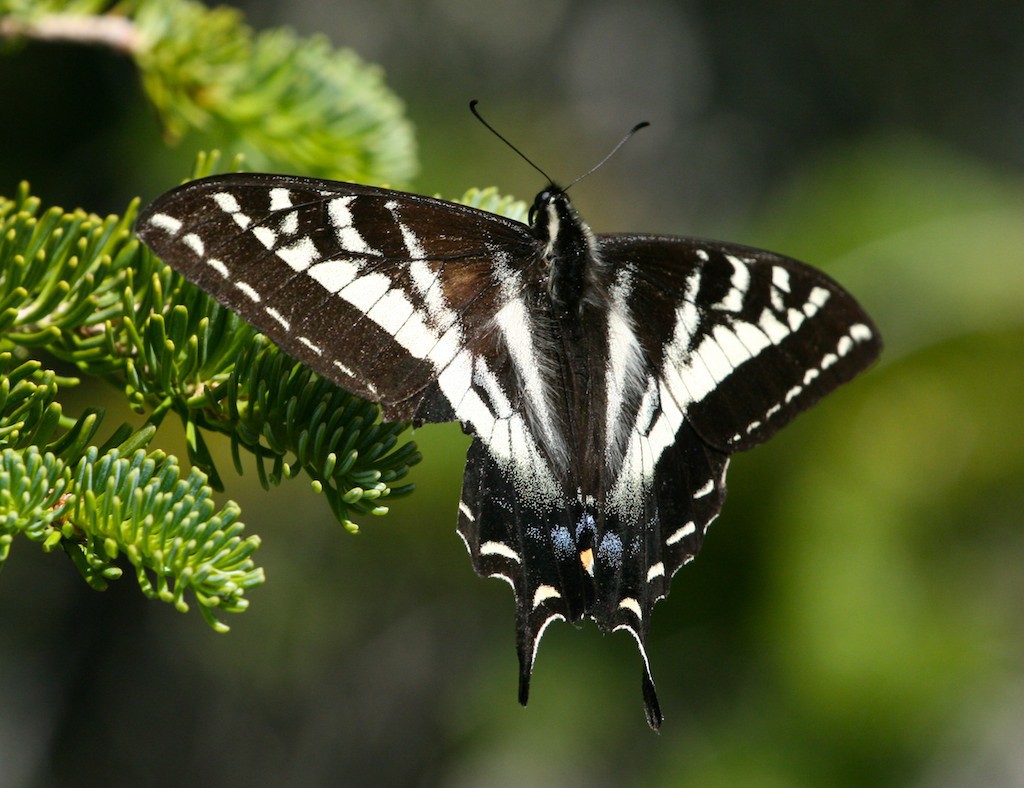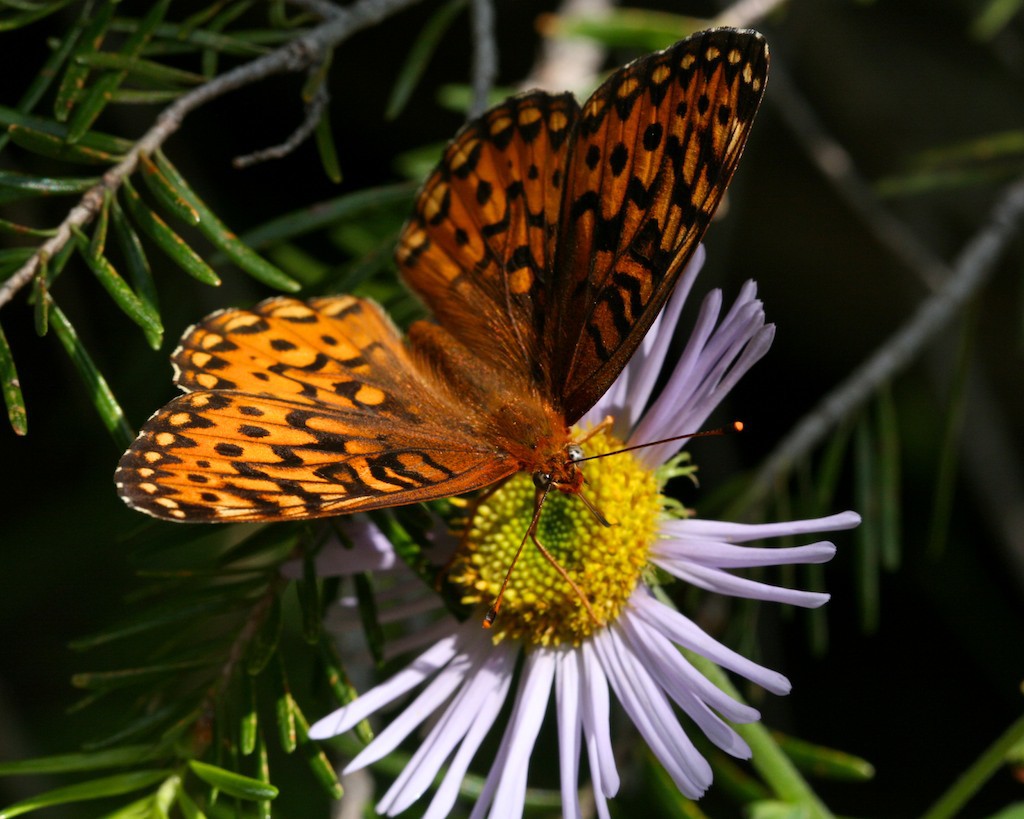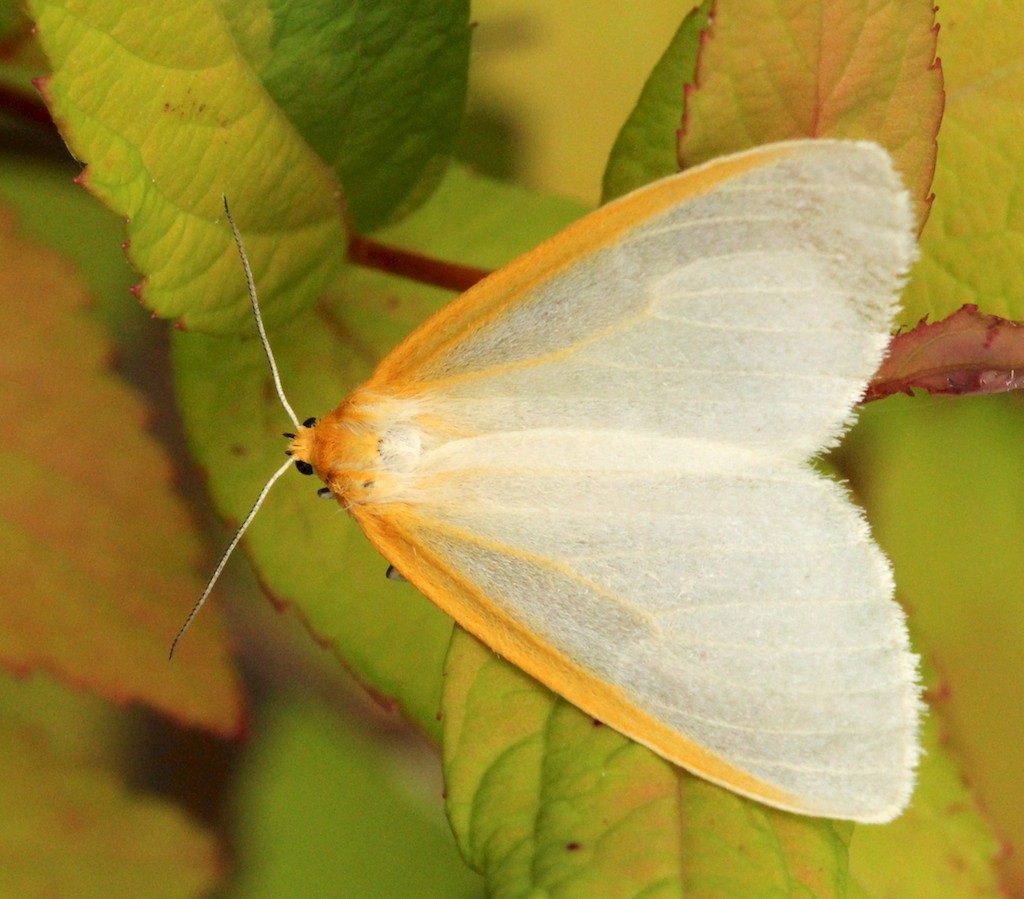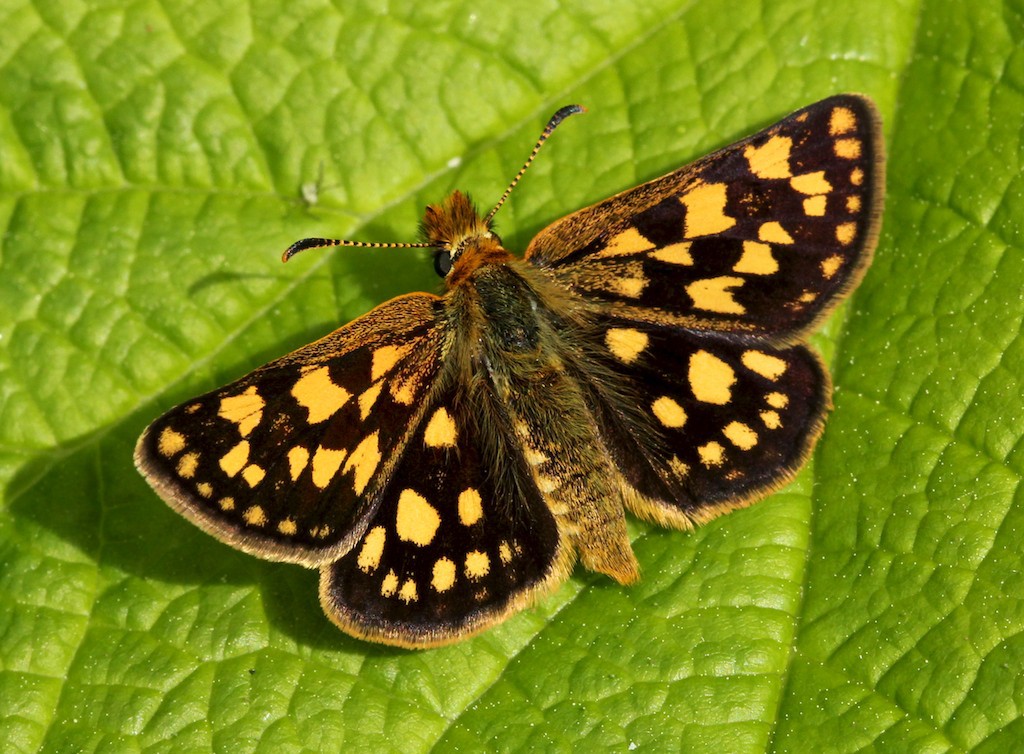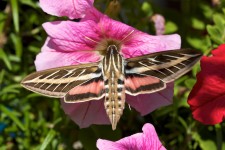Black and yellow patterned wings with a small ‘tail’ flutter between flowers, an identifiable characteristic of the tiger swallowtail. Certain butterflies are easily identified by their colors, such as the monarch butterfly.
Color can be a factor in distinguishing a butterfly from a moth but not always. Typically butterflies are more colorful than moths which are drab colored. As with any generalization, there are exceptions and that seems to be a common theme when distinguishing a butterfly from a moth.
Both butterflies and moths are insects that belong to the order Lepidoptera. They differ from all other insects in that they have tiny colored scales on their wings, a coiled proboscis (mouthpart) and big showy wings.
Butterflies and moths are more closely related than most people think. Lepidoptera contains over 150,000 species and approximately 18,000 of those species are butterflies.
Even though Lepidoptera is dominated by moths, they are not as visible as butterflies because moths tend to be nocturnal (active at night). However, there are some moths active during the day (diurnal) along with butterflies.
Butterflies are considered a very specialized group of diurnal moths that have a few distinguishing characteristics.
The most reliable way to distinguish a butterfly from a moth are the antennae. A butterfly’s antennae are a long shaft with a club at the end, much like a golf club. A moth’s antennae are either simple filaments tapering to a point or feathery and complex, like a television antenna.
Male moths tend to have more feathery antennae than females in order to detect the pheromone emitted by females.
Most butterflies hold their antennae out and forward while moths sometimes tuck their antennae alongside their bodies while resting.
The next most visible difference between butterflies and moths are their wings. Most butterflies hold their wings together and upright over their back when at rest, except while basking in the sun. Moths tend to rest with wings open or tented over their back (so the hindwing is not visible).
During flight, a structure, called the frenulum, that hooks the forewing to the hindwing causes moths to have a stiff, jerky flight. A butterfly’s lack of frenulum results in a more graceful flight pattern.
Sometimes, it may seem that a butterfly or moth flies by at certain time intervals and it may be rightfully true because males are territorial and will continually circle their territory. Females, on the other hand, fly around haphazardly.
Another difference between males and females are their bodies which consist of a head, thorax and abdomen. Females may have a round abdomen tip to lay eggs while males have a slit at the tip of their abdomen.
The bodies of moths and butterflies differ slightly. Moths tend to have plump, fuzzy bodies while butterflies have smooth, slender bodies.
Before moths and butterflies become adults with showy wings, they are caterpillars. There are no generalizations to distinguish moth caterpillars from butterfly caterpillars.
However, the pupae of moths and butterflies are distinguishable. A moth’s pupa stage is spent in a silken cocoon that is woven around the pupa. Some moths don’t spin cocoons. Butterflies do not weave a cocoon either but instead have a hardened outer skin made of protein called a chrysalis.
Despite all the exceptions to the generalizations, Lepidoptera species are amazing insects to watch whether they are classified as butterflies or moths.

